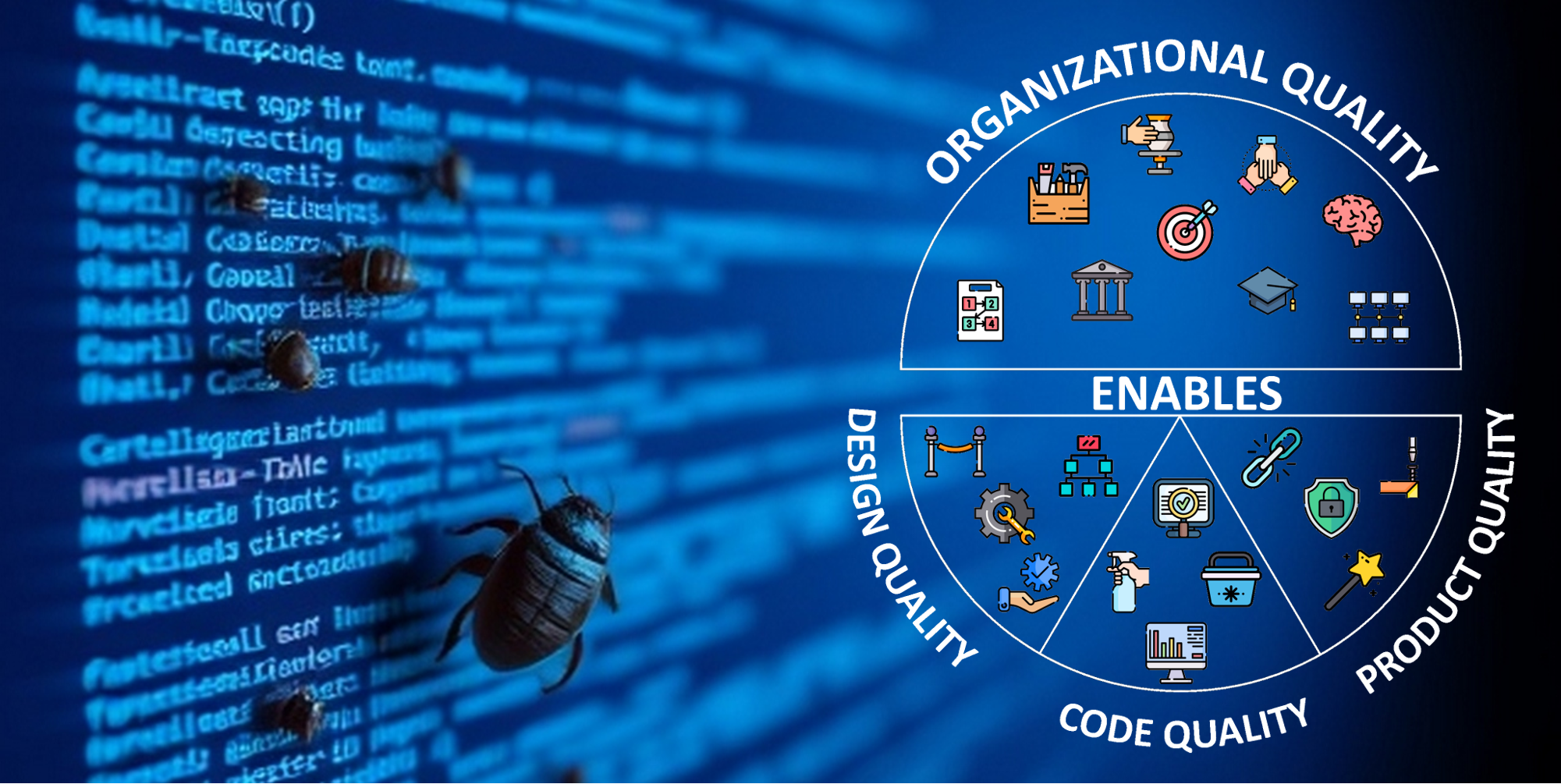Lectures, discussions, (group) exercises (possibly applied on own case). Homework assignment with personal coaching and preparational reading.
This course teaches you to bridge customer needs, technological constraints, and the development process. The architecture task is all about main decisions that define the creation and working of a system, and how it fits into its environment. Architecture decisions determine the structure and style of the system, and the main guidelines for its realization.
This course focuses on the definition of an architecture that is well-engineered, fits its context, and communicable. You will learn how architecture puts technical design in the context of the customer needs and other stakeholder concerns, and in the context of the development process. You are asked to bring your own case which will be addressed during the training. Also, the homework assignment for the period in between the two modules will focus on your case as well.
This training is available for open enrollment as well as for in-company sessions. For in-company sessions, the Good software architecture training can be adapted to your situation and special needs.
Objective
- Setting up a good software architecture, and identify architecture improvements;
- Understanding and applying the main software architecture concepts;
- Analyzing the context of a software system regarding its application, technical design, and development process;
- Identifying and defining architectures for system families;
- Understanding the Architecture Reasoning Model (ARM);
- Understanding and reasoning about quality attributes.
Target audience
This software architect training is intended for people with a technical software background (software engineers, technical designers and technology specialists) growing towards the role of software architect.
Program
½ day:
What is software architecture? What is the role of architecture in the development process? Going step by step through the definition of software architecture to get an understanding of what it is and what it brings.
½ day:
The architecture domain (IEEE/ISO 42010). The major concepts and their relations. This standard will be used throughout the course as a framework
2 days:
Architecting in its context:
- Environment and system analysis: understanding the environment and the role of the system in its environment.
- Software development as a series of decisions: what to architect? How do you know you have enough architecture? Relation with Scrum.
- The dominant decomposition (also known as main architecture styles).
- Family architectures: the process, artefacts and software mechanisms in the development of families of software systems.
- Quality attributes: what are quality attributes? Why are they important? How to find them?
½ day:
Theory of Good Architecture and the Architecture Reasoning Model. These two topics are a redline throughout the whole course.
To establish, manage, and convey a good software architecture, the software architect determines how much attention to pay to certain stakeholders, concerns, models and other architectural aspects. To make meaningful choices, the architect must first determine what a good software architecture is in this situation. If the architect has a clear picture of when the software architecture is good for a specific system and its environment, it becomes easier to actually achieve that good software architecture. To check if an architecture is good and to give direction to the architectural activities, the architect can focus on answering a given set of questions related to correctness, consistency, and communication. These questions and their answers help to identify improvement areas for the architecture.
The architecture reasoning model (ARM) supports reasoning about a system in its environment along three dimensions: Application, Design and Process.
- Application dimension: reasoning about the system’s meaning and value for the customer.
- Design dimension: reasoning about the resources out of which the system is built and how it uses them.
- Process dimension: reasoning about the processes and organization for the development and maintenance of the system.
½ day:
In the second module we discuss the results of the homework assignments such that the participants can reflect on the application of the theory to their own work and can learn form each other.
Remarks:
- Knowledge of modeling (preferably UML, or at least OO, is required);
- Small exercises based on simple existing examples;
- Large exercises are preferably performed on cases brought by the participants;
- In between the two modules you will receive homework assignments which will take about one day to complete. The homework assignment will focus on your own case. During this period, you will also receive online personal coaching from the trainer during approximately 1 hour.
- Also reserve in total about one day for reading documents.
Methods
Certification
After successfully attending this course, you will receive a High Tech Institute training certificate.
Remarks from participants





